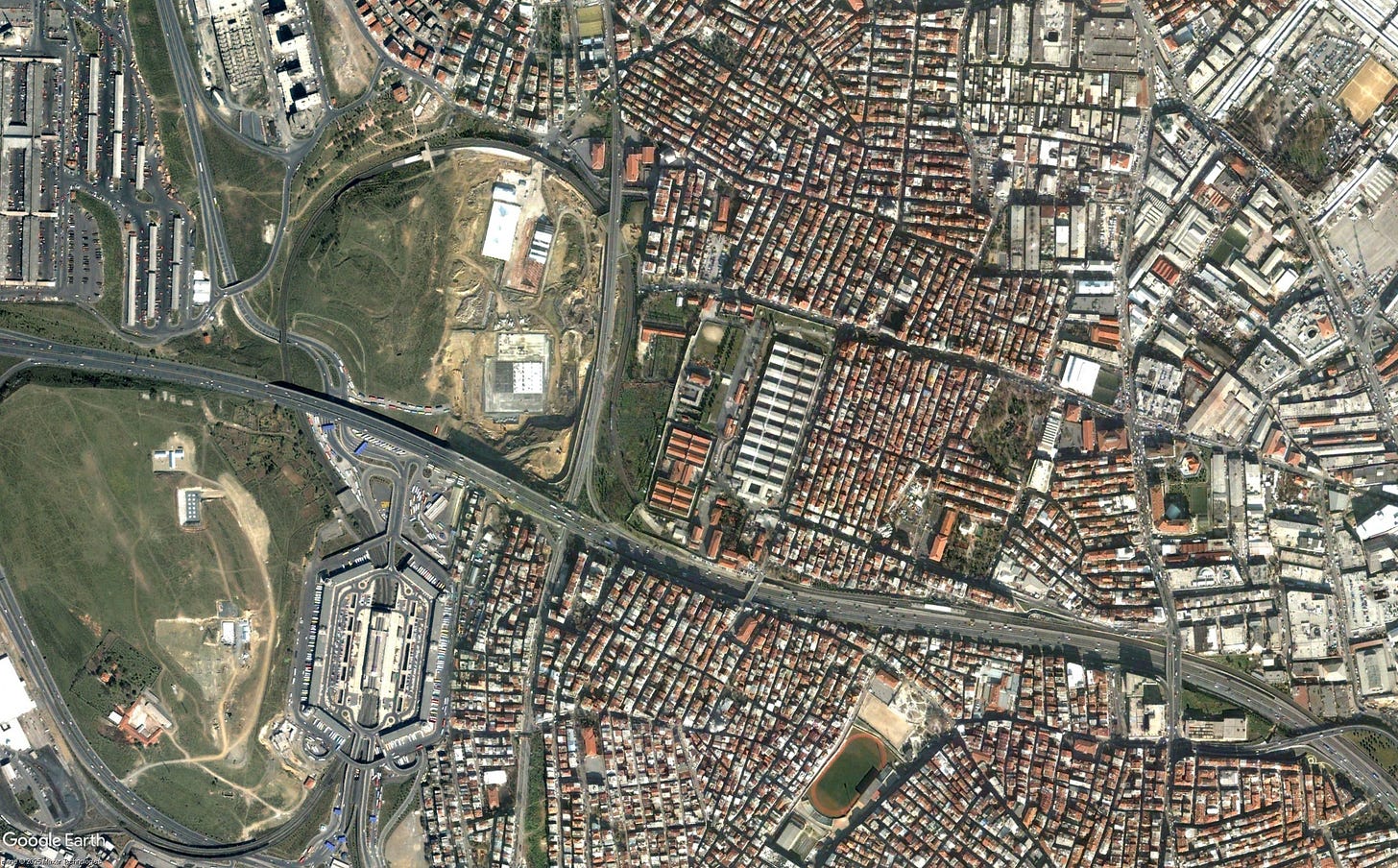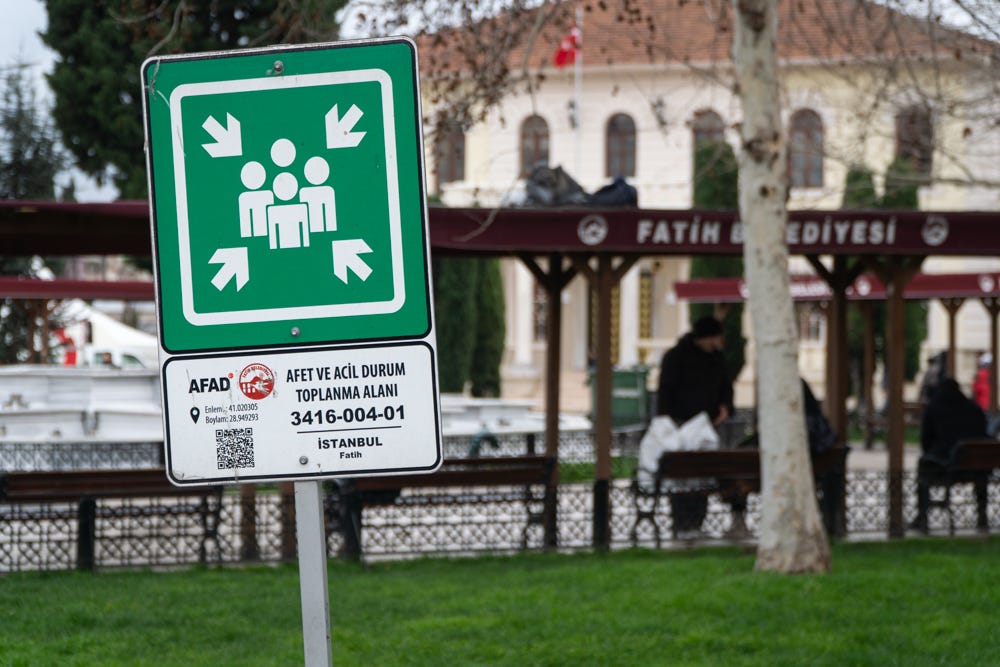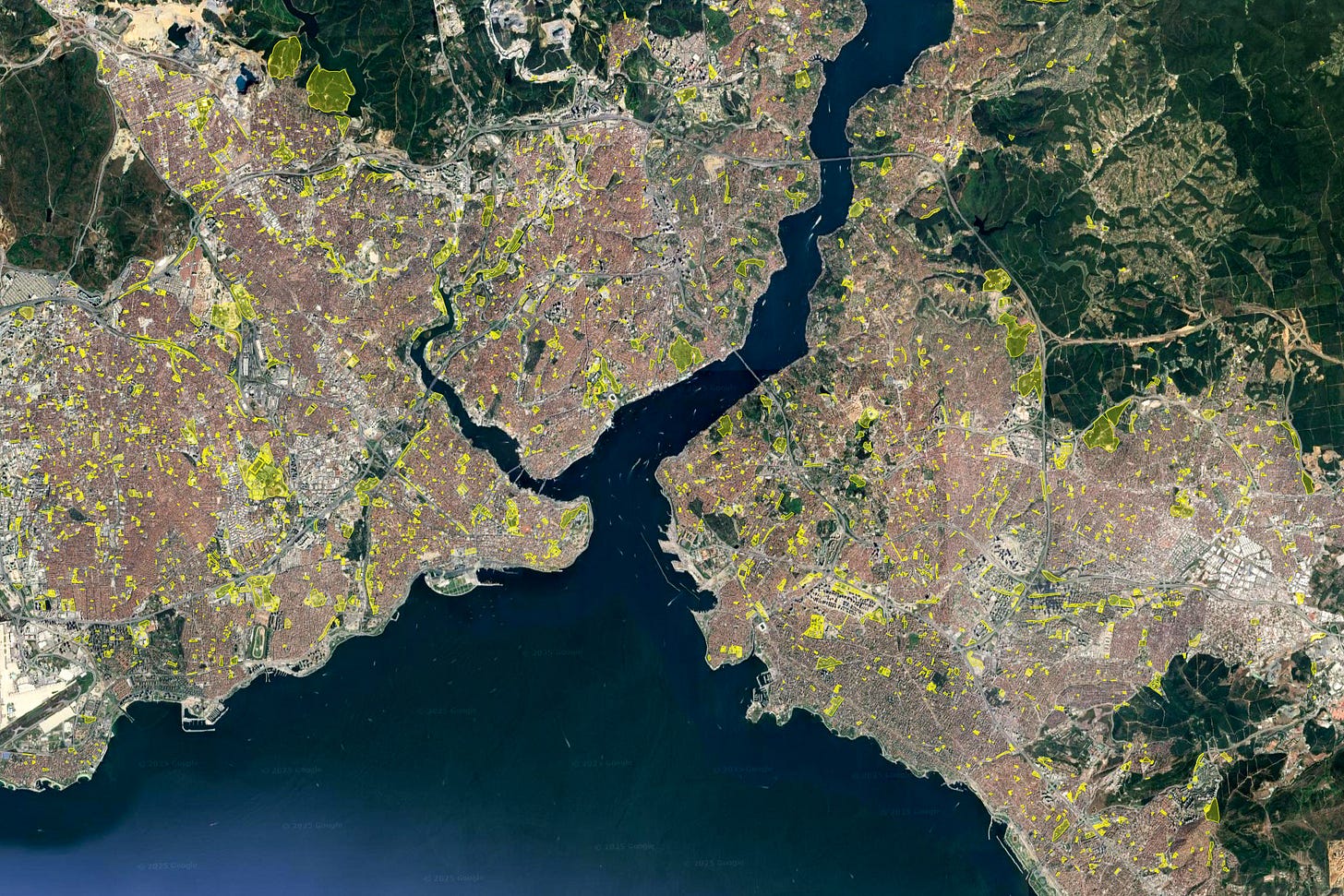
İSTANBUL — As the second anniversary of the Feb. 6 earthquakes approaches, a recent spike in seismic activity has raised concerns on both sides of the Aegean Sea. The psychological stress of both events is perhaps most felt in İstanbul, a city of 16 million residents with few precautions to safeguard their lives in the event of a disaster.
Just 20 km south of the city lies the North Anatolian Fault Line, which is expected to trigger a 7.0 magnitude or stronger earthquake before 2030. The so-called ‘big one’ threatens the partial or total collapse of over 200,000 buildings in İstanbul, endangering an estimated 3 million lives.
Although provisions were established after İstanbul’s last major tremor – the 1999 İzmit earthquake – experts say Turkey’s largest city remains without adequate safe zones, or assembly areas like parks and plazas.
Years of unchecked urban development have turned many of İstanbul’s vacant lots into high-rise apartments and shopping malls, leaving residents few areas to gather during emergencies. Research conducted by Turkey recap found the lack of designated safe zones, along with an aging housing stock and weak building code enforcement, add an extra layer of vulnerability to İstanbul’s most at-risk neighborhoods.
“In the last 25 years, all of İstanbul could have been prepared for the earthquake. But it wasn’t done,” Naci Görür, a veteran seismologist who has been raising awareness of İstanbul’s earthquake risks for years, told Turkey recap. “The mistakes we’ve made have grown so large that they’ve come to scare us. Now, we’re even afraid to ask how to fix them.”
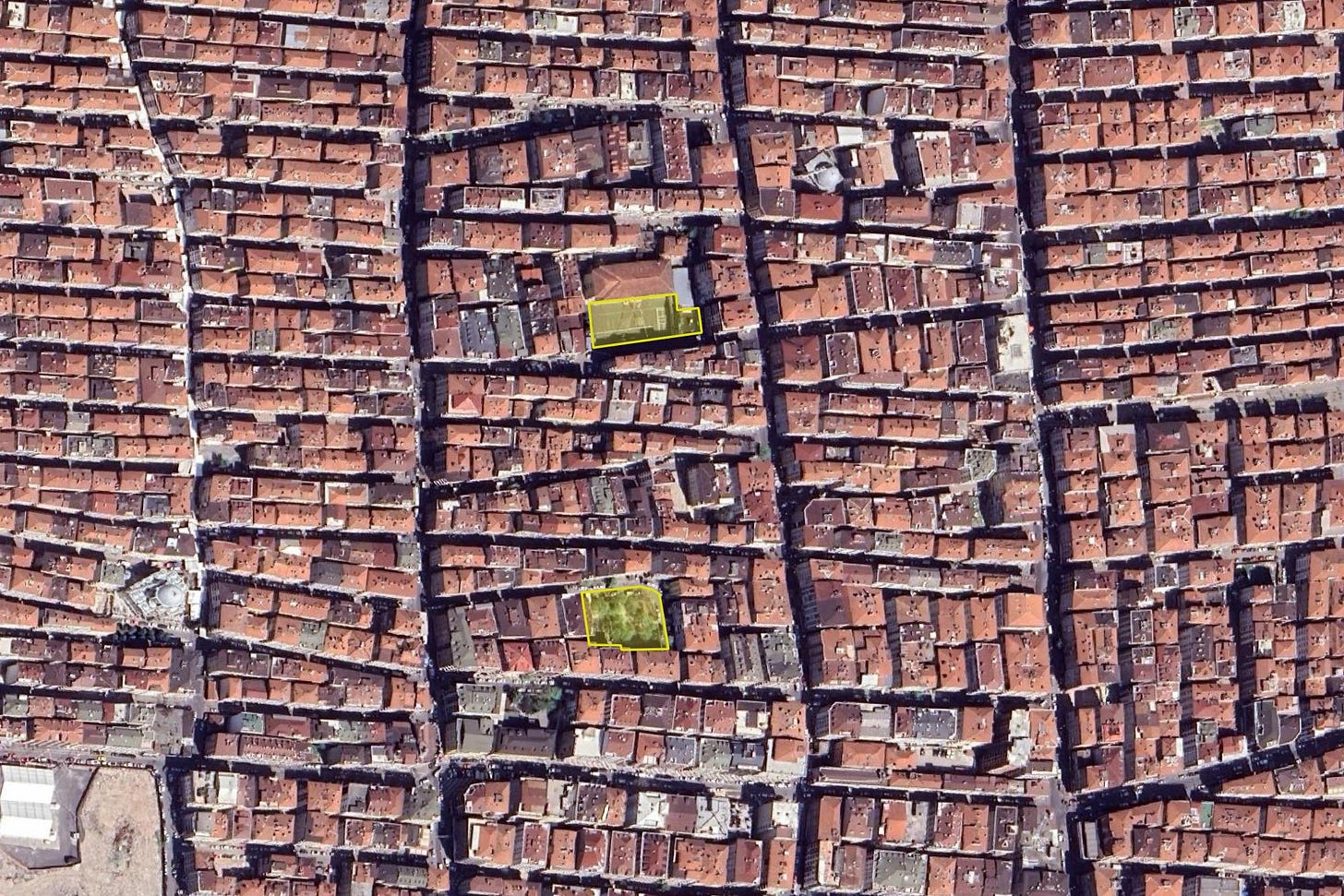
Post-1999 preparations
Following the 1999 earthquake, hundreds of emergency assembly zones were established throughout the municipality as designated sanctuaries in the event of another disaster. These vacant plots were selected based on a few criteria, including:
Accessibility by foot for all – including the disabled and elderly
Location away from secondary hazards, like buildings or flood zones
Proximity to major roads to facilitate mass relocations to temporary shelter areas, often outside cities
Particularly in the first 72 hours following a tremor, safe zones are deemed essential as aftershocks might topple damaged structures. At the same time, road closures can obstruct aid and rescue efforts, leaving survivors to fend for themselves.
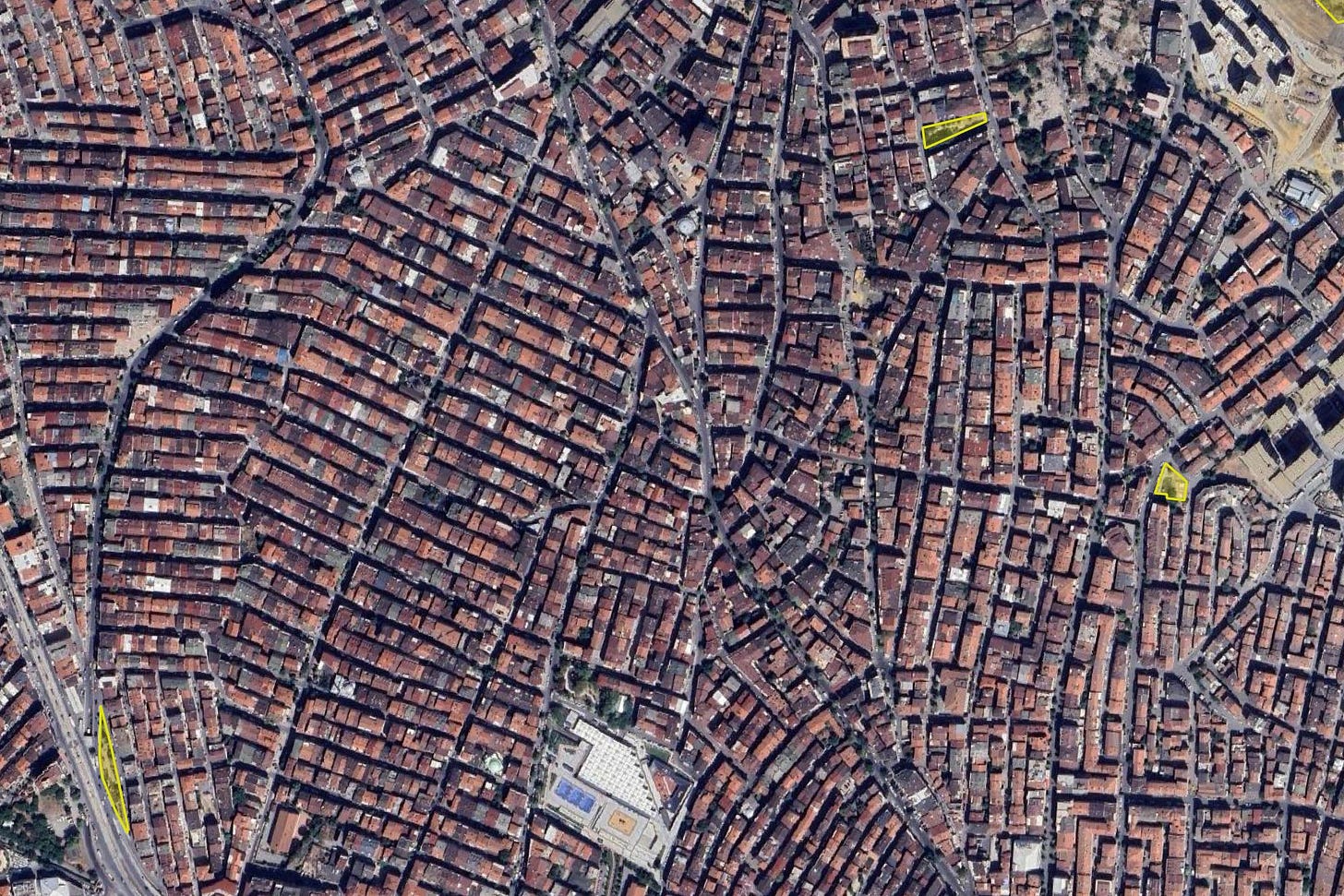
In İstanbul, there are currently 5,577 assembly zones, according to the website of Turkey’s Disaster Management Agency (AFAD), which manages the areas together with local authorities.
The figure might seem sufficient on paper, however, safe zones across the city are unequally distributed, a search-and-rescue expert with AFAD told Turkey recap.
“Unfortunately, we see that especially in [high-population] neighborhoods, there aren’t enough assembly zones,” the expert said, requesting to remain anonymous.
Roughly 40 percent of İstanbul’s districts lack adequate safe zones, a 2023 academic study concluded. In particular, dense European quarters like Bağcılar and Fatih fall far short of the recommended 1.5m² of space per resident, even though these districts are classified as high-risk areas due to soft soil, proximity to the fault line and a weak housing stock.
However, calculations by Turkey recap indicate some of these areas currently have sufficient space, with the exception of Bahçelievler, Gaziosmanpaşa and Şişli.
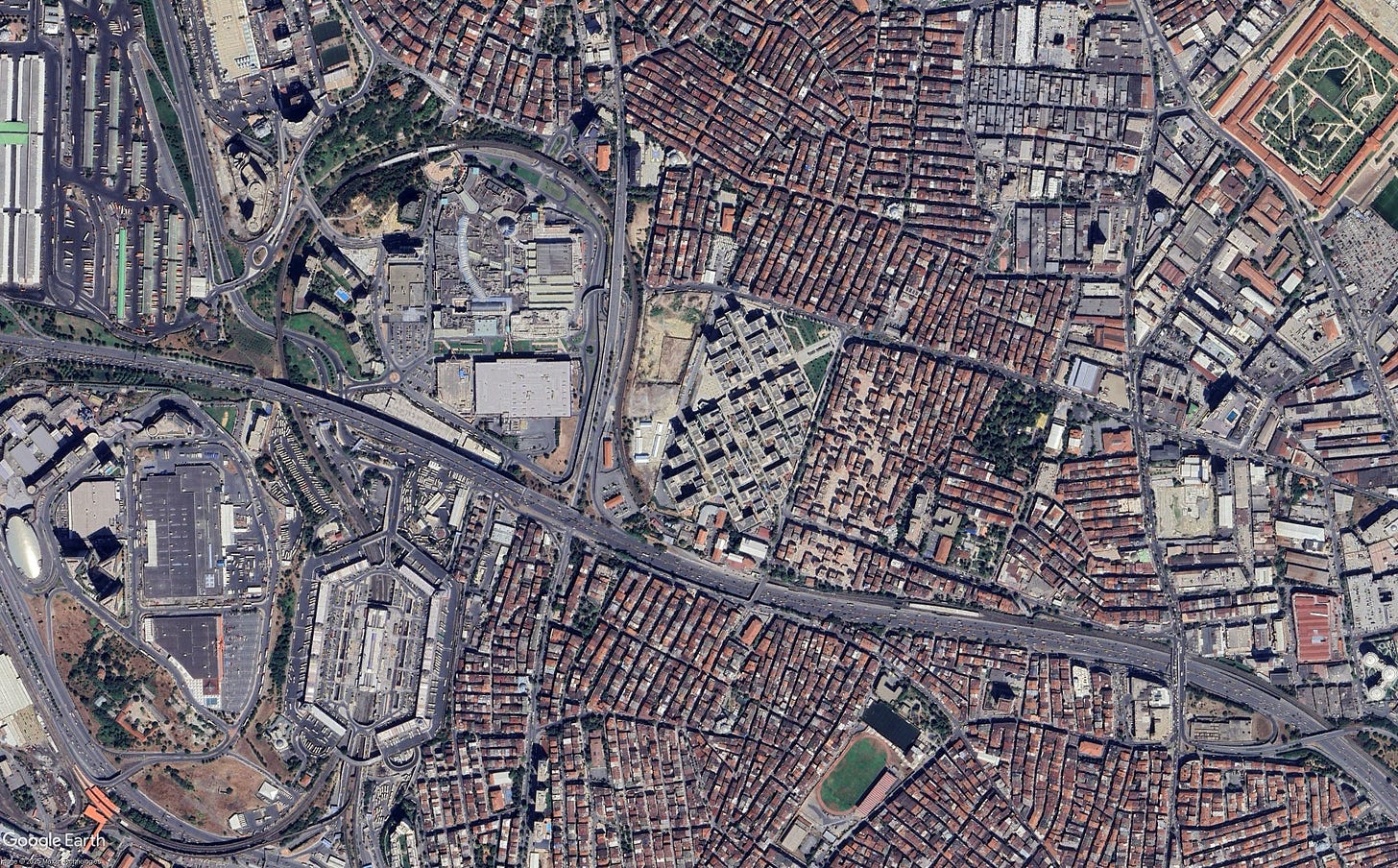
Assembly malls
In addition to distribution issues, AFAD’s data suggests that over half of all assembly zones are smaller than a football field, with some barely larger than an average İstanbul apartment.
Turkey recap calculated that more than 1,000 İstanbul assembly zones consist of mosque courtyards or schoolyards – usually thin strips of land that pose additional risks because they are adjacent to potentially unsafe structures.
In addition, İstanbul's streetscapes are often a combination of narrow roads and multi-story apartments, meaning many designated safe zones could be blocked off due to road closures from collapsed buildings.
“Gathering in these areas does not mean that people can survive an earthquake,” Pelin Pınar Giritlioğlu, an urban planner at İstanbul University and former head of the İstanbul’s Chamber of City Planners, told Turkey recap. “Assembly areas must be integrated with larger squares, public spaces and hospitals.”
Giritlioğlu explained that a lack of legal safeguards to protect these sanctuaries from construction has resulted in the development of many vacant areas over the past two decades.
“The biggest problem is the lack of legal protection of these [assembly] areas,” Giritlioğlu said. “Because of this, they can change things whenever they want.”
She continued, “When you look at the map, almost no large areas are left. They all became shopping malls and residences.”
Following a mid-2000s government-fueled construction frenzy, some of İstanbul’s largest open refuges are now occupied by shopping centers like Zorlu Center, Cevahir Mall and Forum İstanbul. According to a 2024 report, the combined area of İstanbul’s 95 malls could accommodate over 42,000 people.
“Emergency assembly zones were essentially handed over to the private sector on a silver platter,” Giritlioğlu said, adding that these developments proceeded despite court cases against their – often illegal – construction.
The lack of safe zones is expected to cause chaos, the AFAD expert warns, particularly in a metropolis like İstanbul, where countless residents and tourists may be unprepared in the event of a disaster.
Compounding these issues, dense clusters of buildings in central districts such as Kadıköy and Beyoğlu are not within the recommended 500-meter walking distance of an assembly zone, according to multiple studies and independent calculations by Turkey recap.
“It would be quite bold to say that İstanbul is prepared for an earthquake,” the AFAD expert said, noting that other measures, such as urban renewal, are limited and fail to account for class differences. “In a big city like İstanbul, large-scale efforts are needed.”
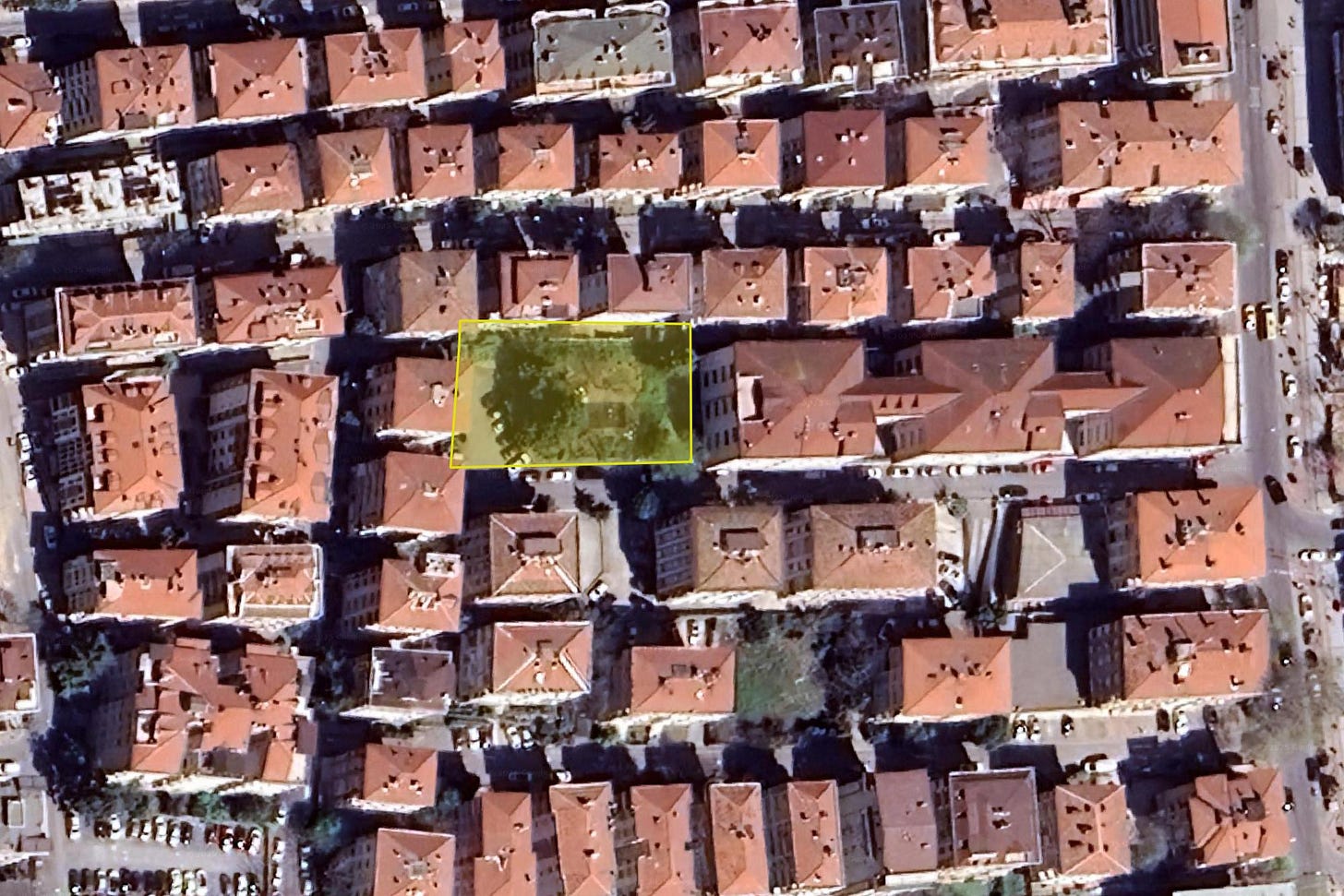
Evacuation plans
Still, progress has been made through ongoing projects that have facilitated the structural reinforcement of public buildings, such as schools and hospitals – which can double as gathering zones and shelters, Hüseyin Karadayı, head of MAG-AME, a volunteer disaster-response organization, told Turkey recap.
“Many schools have already been demolished and rebuilt, while others are waiting to be demolished,” Karadayı said. “These buildings are being reinforced to remain standing.”
Highlighting other areas of progress in safety measures, Karadayı said extensive plans have been established to rapidly evacuate people by land, sea and air from high-density areas following a disaster.
“This plan involves sending people to nearby cities or other provinces and providing them with temporary shelter,” he said. “However, we cannot fully predict how effective these plans will be.”
One major potential impediment to evacuation efforts is that some of İstanbul’s dedicated escape routes have been constricted by parking areas, Giritlioğlu said.
Under post-1999 regulations, first-degree disaster-emergency access routes were meant to be free of parking, which hinders traffic flow and movement. Despite this, many roads have been lined with parking areas by İSPARK, a municipal parking company set up in 2005 by the then-Justice and Development Party (AKP) İstanbul Municipality.
“It will be really difficult to evacuate people,” Giritlioğlu said, emphasizing that earthquake preparations go beyond strengthening buildings.
“If you can’t make İstanbul’s streets, infrastructure, squares, assembly areas and temporary shelter spaces resilient, then you’re not ready for an earthquake.”
AFAD did not respond to multiple requests for comment for this report. The İstanbul Municipality said it was currently too busy to answer questions.

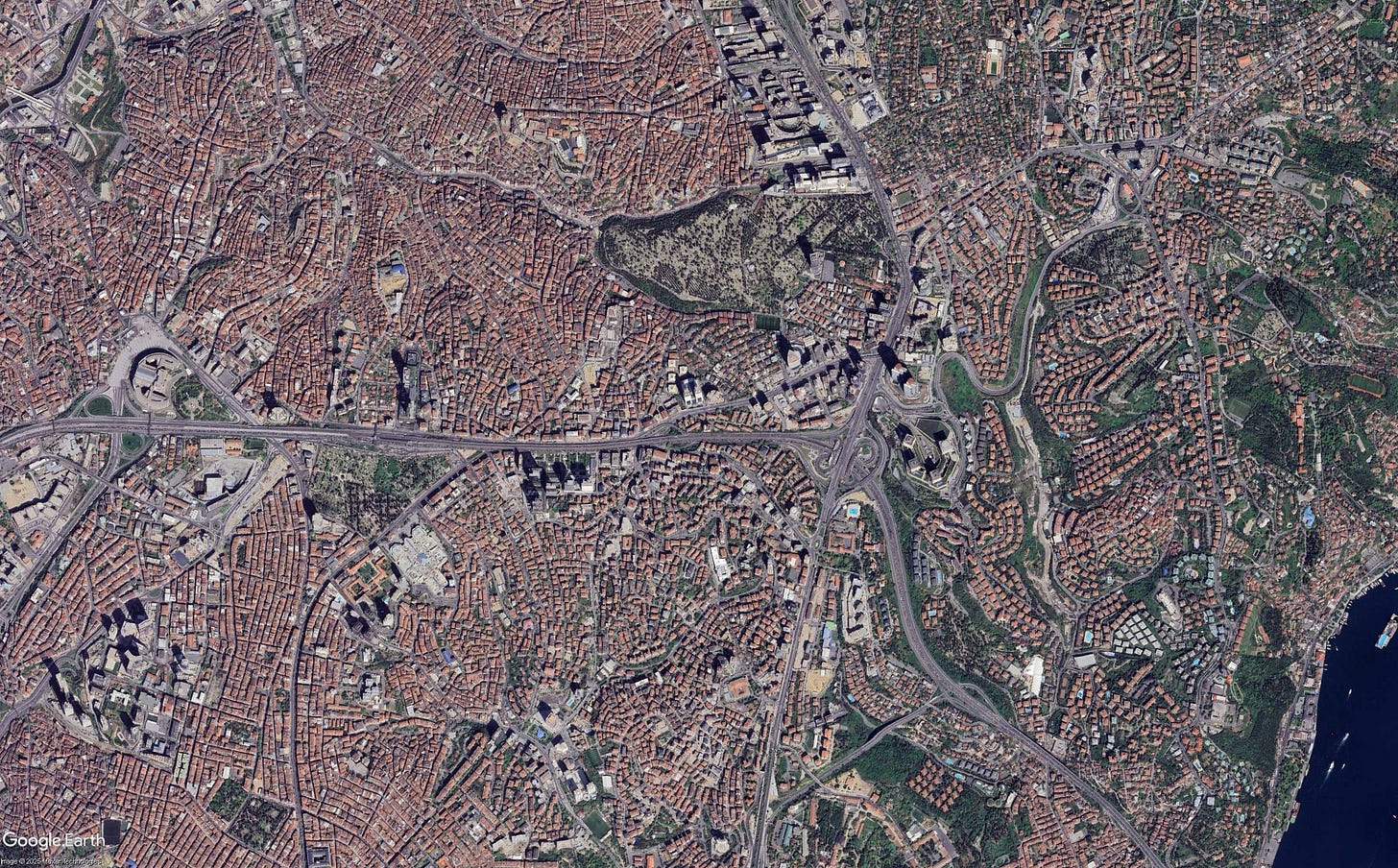
Street view
Throughout the developments outlined above, high inflation and soaring rental rates have made new, safer housing a luxury many İstanbul residents cannot afford, while also hindering reconstruction efforts.
“We’d be so lucky if we survived,” said Kamil Erdem, a student living in Kadıköy.
Although Erdem’s more than 50-year-old flat is slated for urban renewal, the building’s tenants are resisting reconstruction efforts due to concerns they will pay higher rents for smaller apartment units as a result.
However, Erdem is well aware of the risks at hand. He saw countless outdated apartment blocks reduced to rubble while volunteering in southern Turkey after the twin tremors on Feb. 6, 2023, which killed over 50,000 people.
“I don’t think many of the buildings around here will stand,” Erdem told Turkey recap, noting that escaping his apartment and reaching a safe location would be difficult.
While Erdem’s nearest emergency assembly area is just a five-minute walk away, blocked roads could render access impossible. Adding to his concerns, the designated site – a car park – sits adjacent to a watercourse that could flood if the tremor triggers a tsunami.
“Let it be destiny and see what happens,” Erdem sighs.
Methodology: AFAD displays assembly zones in e-devlet, Turkey’s digital government portal. When a user searches for a safe zone, the app recommends the closest areas to the user’s location. Turkey recap analyzed AFAD data to create the above maps of designated safe zones in İstanbul.
For additional resources, see this safe zone map produced by the İstanbul Municipality.
Turkey recap is an independent, reader-supported newsletter that helps people make sense of the fast-paced Turkey news cycle. Contact us: info@turkeyrecap.com.
Subscribe here on Substack (or on Patreon for a student discount). Paid subscribers get full access to our recaps, reports, members-only chat and news tracking tools.
Turkey recap is produced by our staff’s non-profit association, KMD. We are an affiliate of the Global Forum for Media Development and aim to create balanced news that strengthens local media by supporting journalists in Turkey.
Diego Cupolo, Editor-in-chief
Emily Rice Johnson, Deputy editor
Azra Ceylan, Economy reporter





